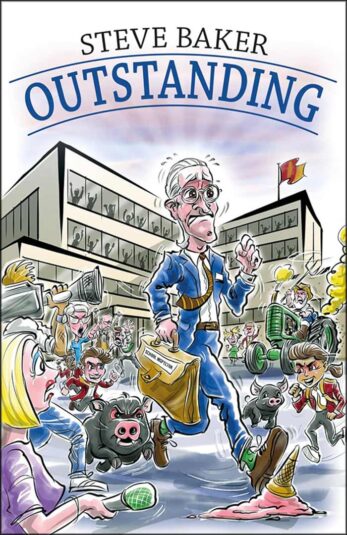Publisher
Routledge
ISBN 10
1032301058
Published
29 Sep 2023
Focusing on how and why to use diagrams to teach physical geography in the secondary classroom, this book has really got me thinking about how I can improve my own explanations of physical processes and features.
As an experienced teacher of 25 years, I have gradually learned to refine the drawings I create on the whiteboard at the front of my classroom. When I encounter a concept I haven’t explained in the past, I often use YouTube clips to enhance my lesson. But if I had read a book like Luke Tayler’s Visualising Physical Geography back in the 1990s, I am in no doubt that my own drawings would have been clearer and much more effective earlier in my teaching career. Seeing the book’s front cover alone was enough to make me reassess how I could better communicate the concept of aquifers and the water table. Tayler is unquestionably skilled in communicating complex ideas succinctly through diagrams.
Following my own environmental science degree course in the early 1990s, I realised that I had developed an ability to ‘read’ landscapes; this is fundamental to the success of a physical geography teacher. In the book’s first chapter, Tayler uses an essay to explain how diagrams can assist students in ‘seeing the unseeable’ in photographs or in the landscape around them.
Metacognition among our students has grown significantly over the past decade and even younger children in our secondary classrooms understand the importance of dual-coding (Tayler refers to this as the cognitive theory of multimedia learning) rather than relying on verbal or textual explanations alone. In chapter two, Tayler provides a clear explanation of dual-coding theory to powerfully justify the need for his new book. In chapter three, he takes us through how to create and refine individual lessons and series of lessons.
Not once had I previously been guided in this practice
So much for starters. The book’s main course focuses on specific approaches towards communicating the complex and interrelated topics associated with the discipline of physical geography. In each section, the author identifies the prior knowledge that we would expect our students to have (for example, that water freezes and expands at temperatures below zero degrees Celsius) and also suggests particular questions to ask of students after using the associated diagrams to check for their understanding. Providing the latitudinal and longitudinal coordinates of specific case study examples for referencing on Google Earth is a nice touch!
Through his diagrams and associated explanatory text, Tayler explains the complexity of teaching physical geography to secondary school students and yet manages to guide his reader deftly through how to effectively deliver this valuable work. The section on ridge-push and slab-pull when explaining plate tectonics is a particular highlight, and Tayler notes how much easier it was in the past to explain the commonly-misunderstood concept of convection currents in the mantle.
At times guilty of not pre-rehearsing how I will draw an explanatory diagram on my whiteboard during a lesson, with Tayler’s book I can now access digital versions of his diagrams to insert into my existing lesson slideshows and handouts.
There is much to learn from this book, even for the most experienced geography teacher. And for those in the geography teaching community who feel best-suited to teaching human geography topics, the step-by-step guides and associated analogies are a particular strength.
Being an experienced geography teacher myself, I have worked out some of the techniques described in the book throughout my career, but not once had I previously been guided in this practice. With a wealth of such diagrams available for free online (including on the author’s own X timeline), I’m not sure busy teachers will want to make the time to learn the art. But for those who do – and I can vouch that it is a rewarding one – I would heartily recommend Visualising Physical Geography to them to ‘leapfrog’ their development.













Your thoughts